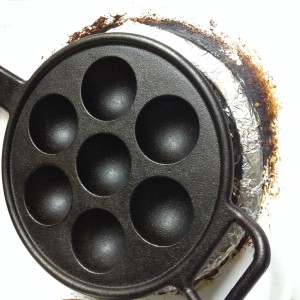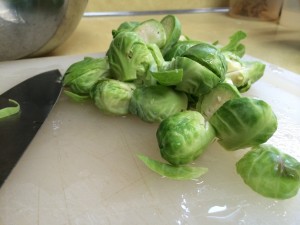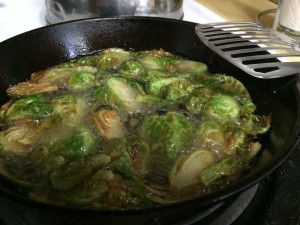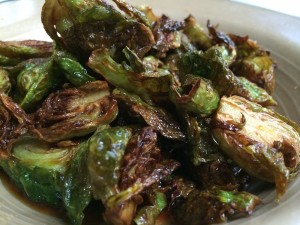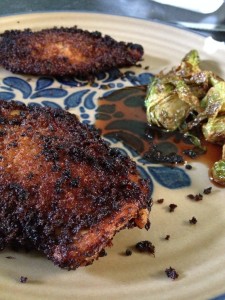I didn't know of Lynne Tillman until I watched her discussion with Craig Mod as part of the book tour promoting Things Become Other Things. After hearing Craig's glowing recommendation of Lynne as a writer, I ended up with Mothercare on my to-be-read list. (I need to get better at logging where these recommendations come from…)
Mothercare's subtitle, "On Obligation, Love, Death, and Ambivalence", is not subtle and for good reason. In around 160 pages, the hard reality of moving from adult to adult caregiver to a parent is laid bare in a blend of understated to vivid stories. I was struck by how deftly Lynne integrated childhood recollections about her family dynamics into the account of how her mother so quickly moved toward dependence on family and caretakers and the following decade.
I found this book to be pointed, potent, and so very timely. While my parents have not suddenly changed, as they age there are fits-and-starts toward an unpredictable, but fully predictable, crisis. As a family, we know there will be surprises and hard challenges ahead. This book, with its very humanizing depiction, helps prepare not for the tiny, technical, tactical responses but for the broad, emotional, and personal.
Disclosure: This post contains an affiliate link. I am an affiliate of Bookshop.org and I will earn a commission if you click through and make a purchase.



